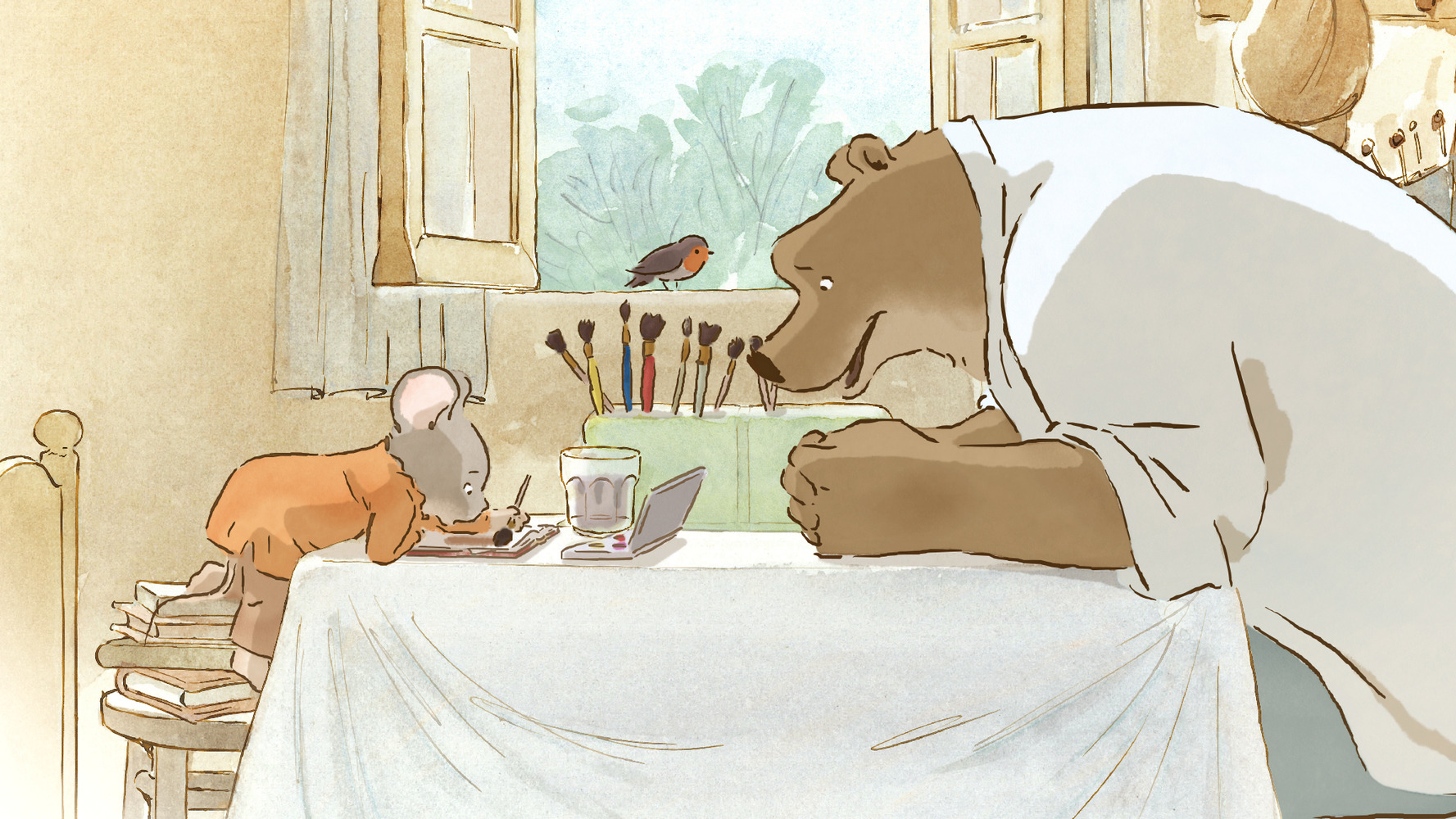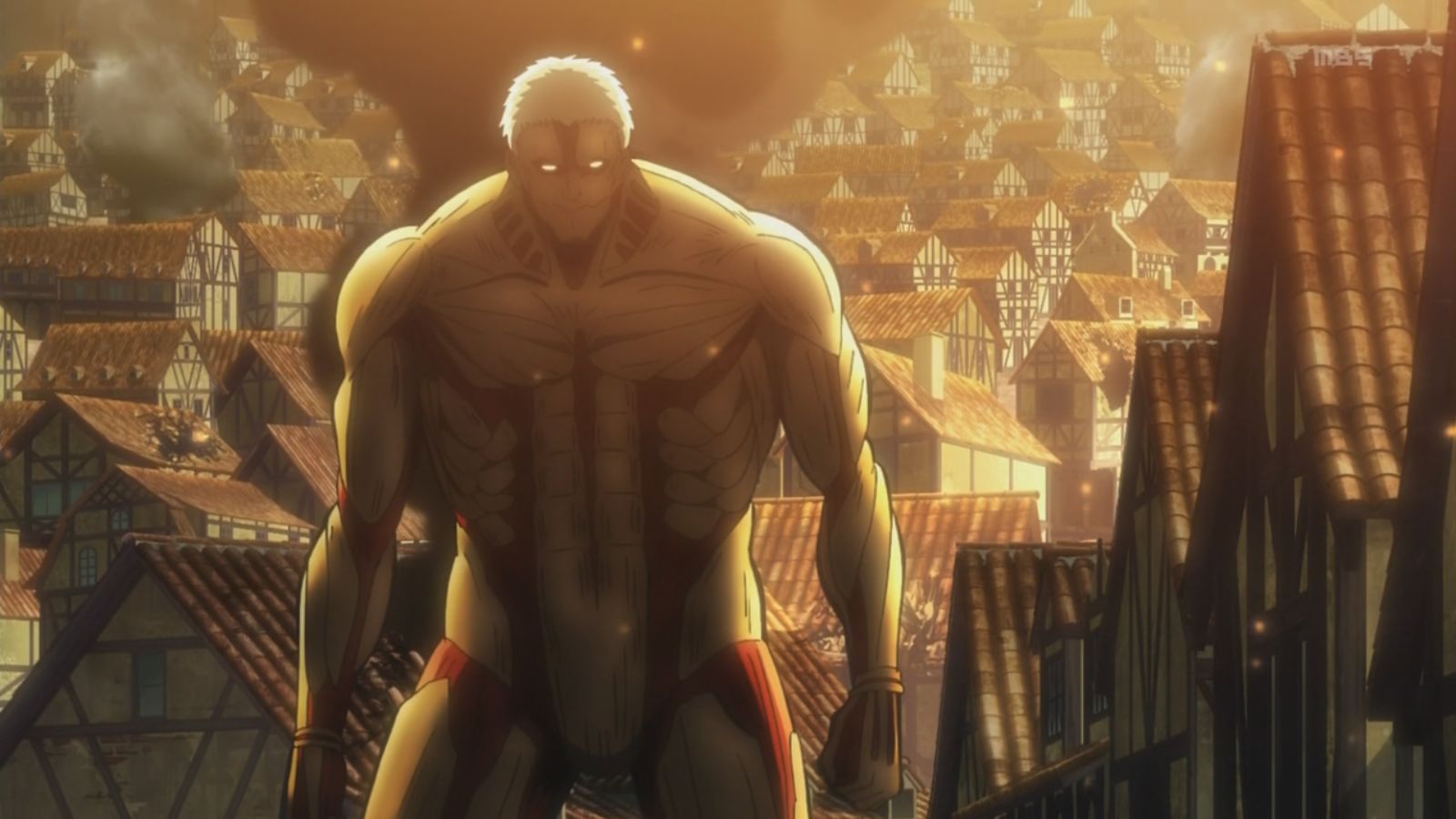—
Latino Images in Film #1 - Flying Down to Rio (1933)

Fred Astaire never ceases to amaze me. The dynamic duo of Fred Astaire and Ginger Rogers is on full display in their first screen pairing, a wacky musical with a witty, energetic screenplay. Produced during the rise of talkies and before the enforcement of the Hays Code, the characters of Flying Down to Rio are charmingly frank, making one risqué comment after another without the fear of censorship by the MPAA (formerly the MPPDA). The film is chock-full of quotable lines, although a few of them may slip through the cracks due to differences in cultural contexts.
This is the type of movie that makes you long for simpler times, when the world was free and uncaring, and everyone knew how to jive and get down. The carioca dance sequence is absolutely joyful to watch, hitting the audience with one variation after another as Latinos, African Americans, and the electric Fred and Ginger pair all take a stab at the addictive upbeat tempo. This is a film that knows what it wants to be and embraces it – it is fun and playful the whole way through, and ends with a completely ludicrous aerial sequence as its grand finale.
Of course, Gene Raymond and Dolores del Rio received top billing for this movie, and they are also quite phenomenal as the center of a classic love triangle. Raymond is charismatic as lady-killer Roger Bond, and del Rio is lovable playing the leading lady. The editing gets a little crazy with so many different transitions used, but it matches the playful style of the film and is a good sign of their willingness to experiment. This is a great piece of early cinema with a clever script and great choreography.






